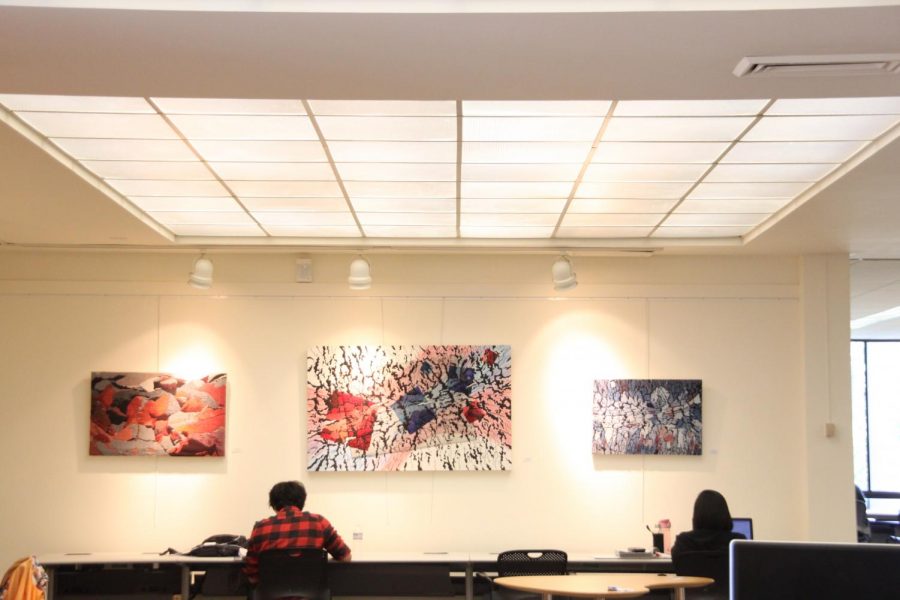Students Survival Guide: An introduction to student resources
When students begin to attend DVC, most are unaware of the resources that the college offers. (Kat Uher/The Inquirer).
September 25, 2019
Daniel Dordevic, a 31-year-old art major, graduated from high school hoping to pursue medicine. He quickly realized, however, that he didn’t have the “emotional strength” to deal with patients. After experiencing a couple of major life events, he dropped out of college and got his license as a pharmaceutical technician.
Since then, Dordevic has kept his day job while attending Diablo Valley College to look for a major he is passionate about. Settling on art wasn’t an immediate decision, but he appreciates the breadth of classes he has taken in the process.
“I think that’s probably the best thing about the community college system and DVC,” said Dordevic. “You’re not putting $5,000 down to take a couple of these extra classes like at a traditional college. You can go outside of your major and pull that information into your field. I love this place.”
For many students, community college is an opportunity to learn, hone study skills, explore ideas, and discover new talents and abilities. Easy access to resources aids this process, but students first need to know what’s available to them in order to benefit.
Like Dordevic, DVC students come from a variety of backgrounds, and their different life experiences means each student faces their own obstacles to success. Thankfully, students also come to community college with their own strengths. Chris Palacios, for example, didn’t know about the Mathematics, Engineering, Science, and Achievement (MESA) learning community until he searched DVC’s website. The 19-year-old physics major was hoping to find something similar to his high school’s engineering academy when he looked and said he “got lucky.”
“It was kind of just a shot in the dark, but it ended up being a really big program here,” he said. “If I didn’t do that research, I wouldn’t have heard about them.”
Palacios’s MESA membership gave him access to tutoring, counseling and support services, all of which he said he appreciates. But he admitted it was a struggle to register correctly. Two semesters passed before he realized he hadn’t fill out the proper application for first-generation students, which would have allowed him to formally put MESA membership on his transfer applications.
Dordevic’s and Palacio’s stories highlight a common problem for DVC students: navigating the school’s disparate collection of resources can be difficult. DVC offers useful tools for a variety of people and needs, but students are often oblivious simply because they haven’t heard of them. For example, it took Dordevic years to stumble upon the art department, and Palacio spent months not knowing his incorrect MESA status. These challenges could have been addressed, helping hundreds or thousands of other students in the process, with a more organized and knowledgeable approach.
As such, The Inquirer is presenting the first installment of “A Student’s Guide to DVC,” a column that aims to inform students about helpful resources throughout the semester.Topics will range from navigating financial aid to finding free supplementary educational materials online to making maximum use of the DVC library. Look for all of this and more as the series rolls out!







































































